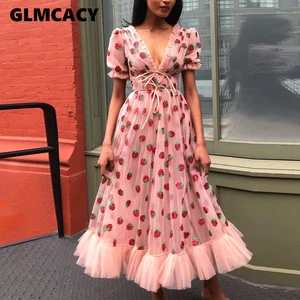
Contemporary clothing , Societal position and Religion
Western clothing guideline
The Western clothing guideline has changed over the past 500+ years. The mechanization of the material business made various collections of textures by and large open at moderate expenses. Styles have changed, and the availability of designed surfaces has changed the significance of what is “stylish”. In the last half of the twentieth century, pants ended up being very notable, and are by and by worn to events that routinely demand formal clothing. Activewear has also become a colossal and creating business area and leather lingerie .
In the Western clothing standard, pants are worn by a wide range of individuals. There are a couple of unique styles of jeans found that include: tall structure pants, mid rising jeans, low rising jeans, bootcut pants, straight jeans, managed pants,
The allowing of organizer names was initiated by draftsmen like Pierre Cardin, Yves Saint Laurent, and Guy Laroche during the 1960s and has been a normal practice inside the style business from about the 1970s. Among the more standard brands are Marc Jacobs and Gucci, named for Marc Jacobs and Guccio Gucci independently.
Spread of western styles
By the early significant length of the twenty-first century, western clothing styles had, fairly, become worldwide styles. This cycle began numerous years sooner, during the hours of European colonialism. The pattern of social dissipating has been supported all through the long haul, spreading Western culture and styles, most actually as Western media organizations have entered showcases all through the world. Speedy plan clothing has moreover become an overall marvel. These pieces of clothing are more reasonable, mass-conveyed Western clothing. In like manner, used clothing from Western countries is passed on to people in defenseless countries by honorable motivation affiliations.
Cultural position and Religion
In certain social orders, clothing may be used to show rank or status. In outdated Rome, for example, nobody yet administrators could wear garments hued with Tyrian purple. In customary Hawaiian culture, simply high-situating supervisors could wear feather covers and palaoa, or cut whale teeth. In China, before the establishment of the republic, simply the sovereign could wear yellow. History gives various examples of many-sided sumptuary laws that controlled what people could wear. In friendly request without such laws, which joins most current societies, the cultural position is motioned by the procurement of extraordinary or lavish things that are limited by cost to those with plenitude or status. Likewise, peer pressure impacts clothing choices.

Some severe clothing might be seen as a phenomenal occasion of word-related clothing. On occasion, it is worn particularly during the introduction of severe capacities. Regardless, it in like manner may be worn every day as a marker for remarkable severe status. For example, Jains and Muslim men wear unstitched material pieces when performing severe administrations. The unstitched material suggests a united and complete obligation to the work that should be done, with no redirection. Sikhs wear a turban as it is a piece of their religion.
In specific religions, for instance, Hinduism, Sikhism, Buddhism, and Jainism the neatness of severe dresses is of key importance and is considered to show faultlessness. Jewish custom requires. Regardless of the way that robotization changed most pieces of the human clothing industry by the mid-twentieth century, pieces of clothing workers have continued to work under testing conditions that demand repetitive actual work. Oftentimes, mass-made clothing is made in what are considered by some to be sweatshops, encapsulated by long work hours, nonattendance of benefits, and nonappearance of worker depiction.
